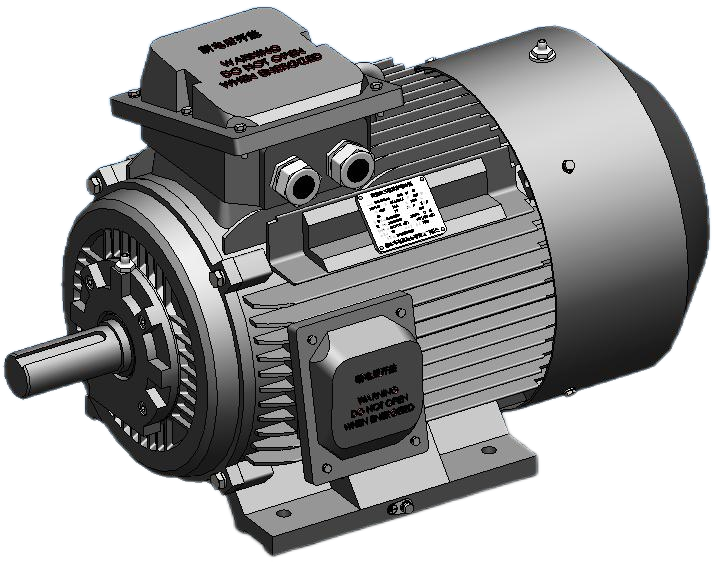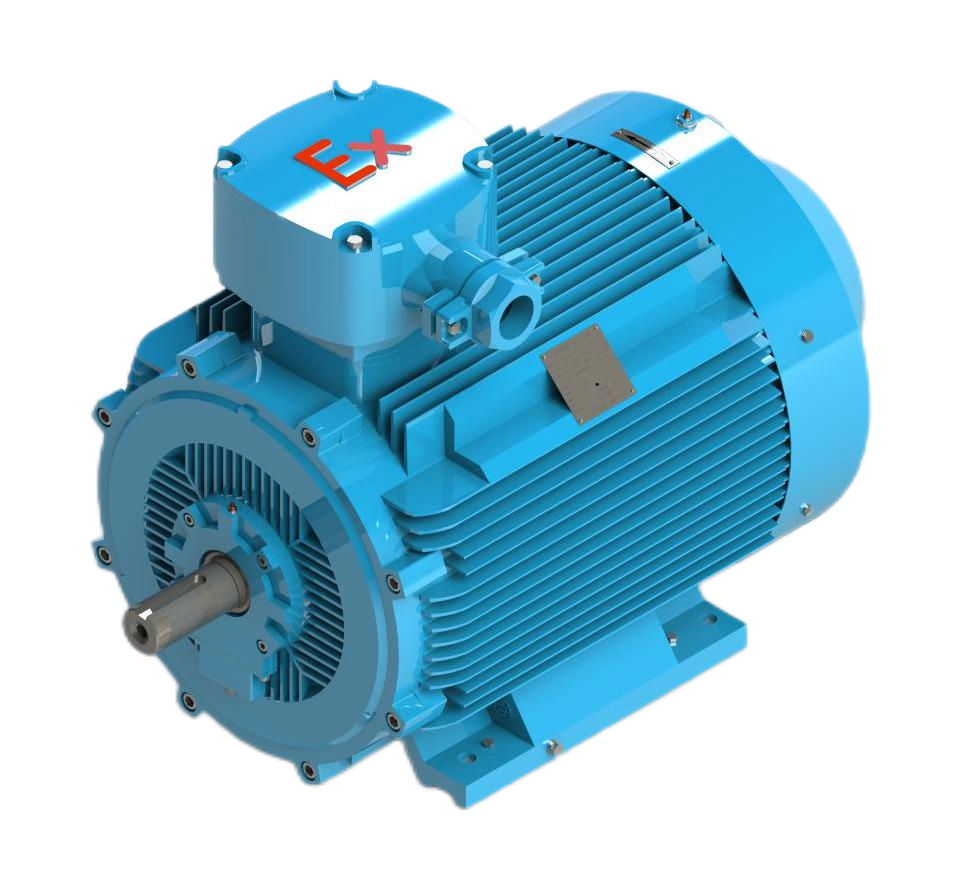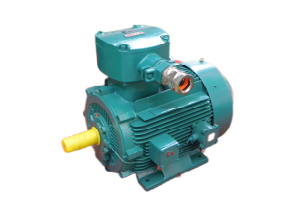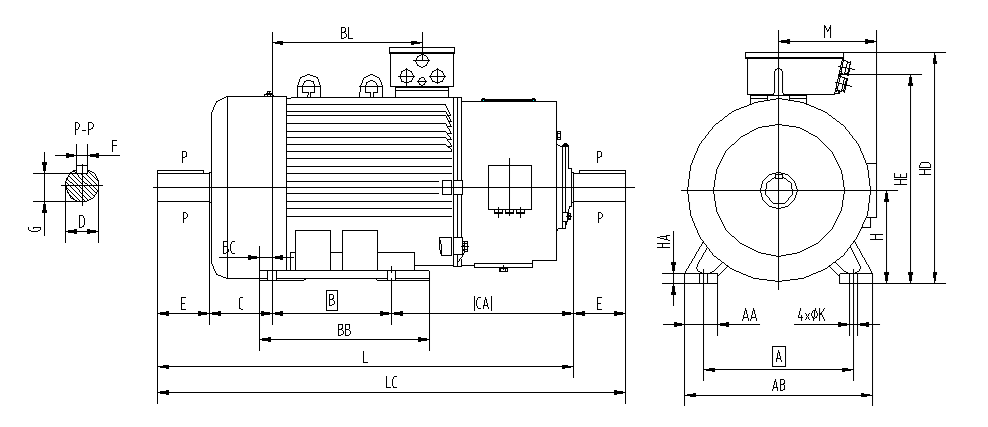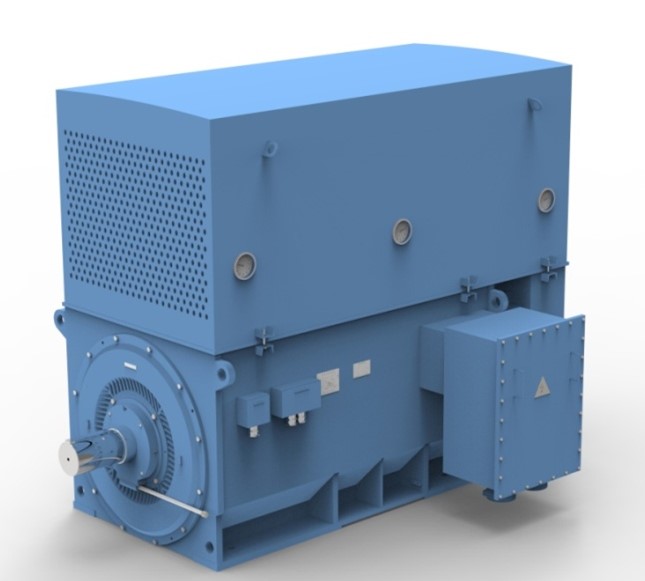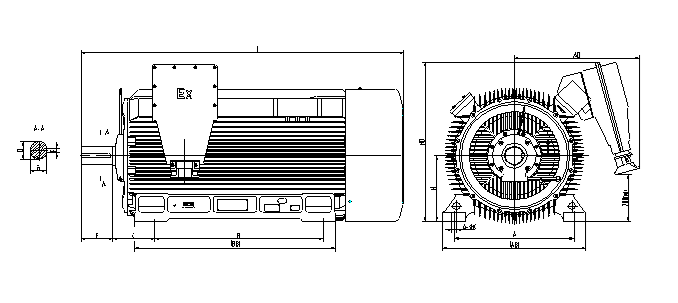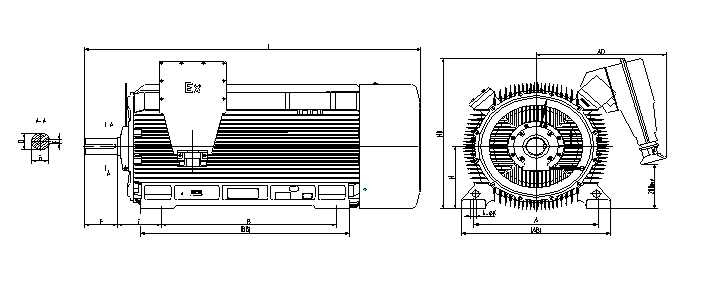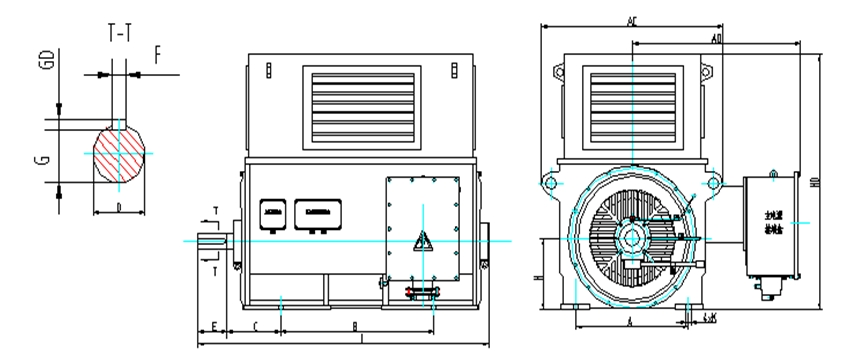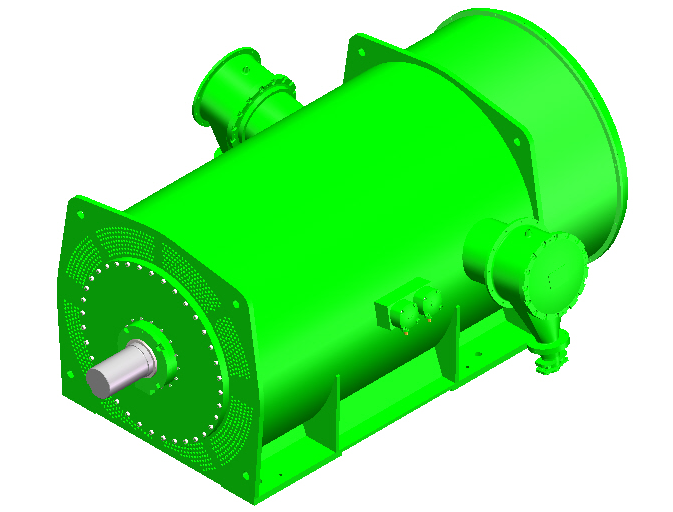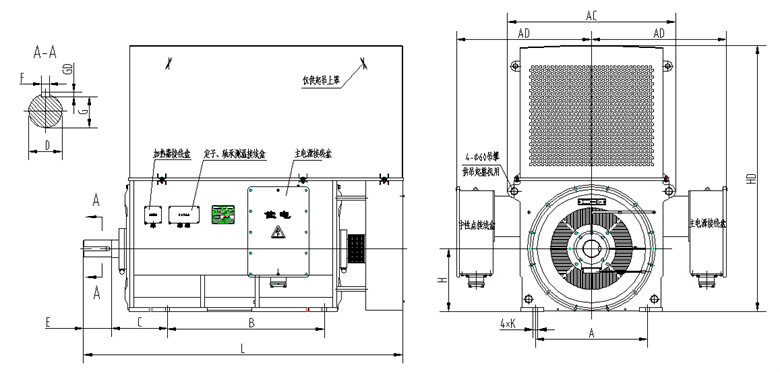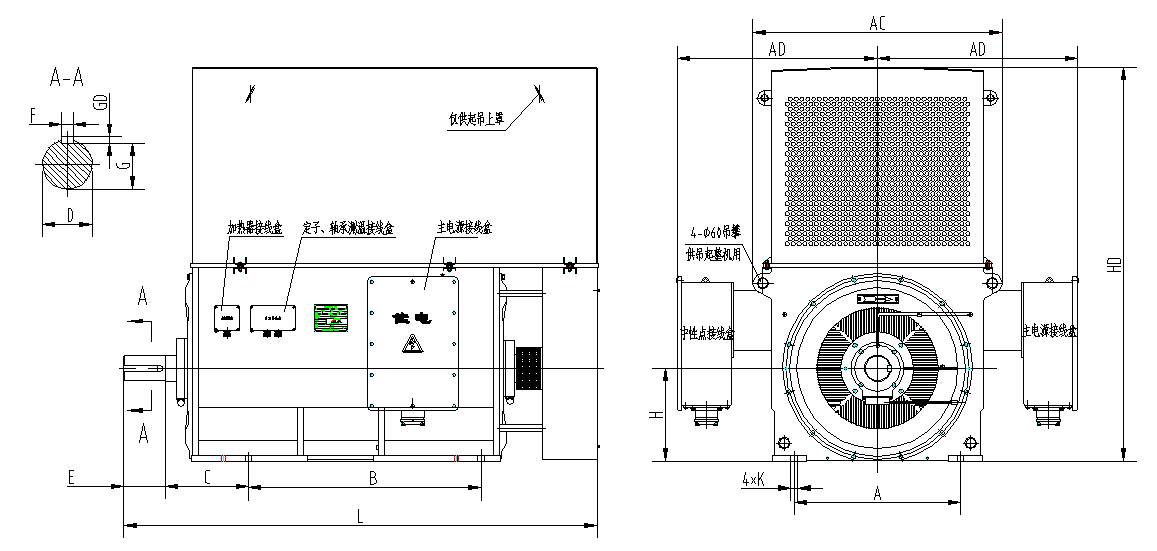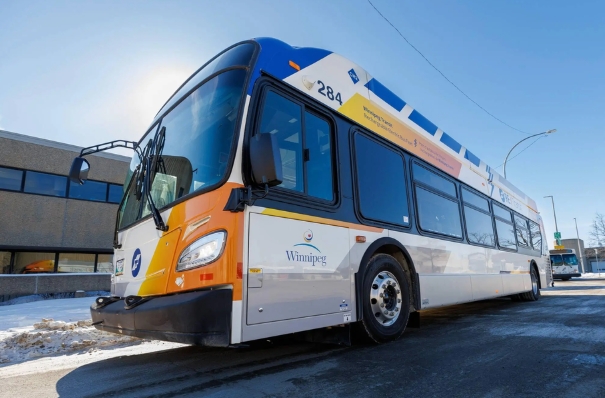 Wedoany.com Report-Feb 21, A few weeks after city council tapped the brakes on some future green bus expansion, Winnipeg Transit unveiled its first zero-emission bus purchase Wednesday.
Wedoany.com Report-Feb 21, A few weeks after city council tapped the brakes on some future green bus expansion, Winnipeg Transit unveiled its first zero-emission bus purchase Wednesday.
Transit displayed a new 12-metre hydrogen fuel-cell battery-electric bus, the first of 16 zero-emission buses it expects by spring. All were ordered from Winnipeg bus manufacturer NFI Group.
“This is one of three fuel-cell buses, total, in Canada right now, so we’re cutting-edge… when it comes to technology for testing this out. We do have other zero-emission buses that’ll be arriving this year, which will include the first (18-metre zero-emission) buses in Canada…. So, it’s very exciting for us to be back to being leaders in evaluating zero-emission technology,” said Erin Cooke, project manager for Transit’s transition to zero-emission program.
The arrival comes about a decade after Winnipeg first participated in a pilot project with four leased battery-electric buses. It also comes less than a month after council approved its 2025 budget, which includes a decision to shift to diesel bus purchases in 2027.
That switch will begin after a $280-million tri-government deal to replace dozens of buses with zero-emission models wraps up.
While the city’s budget listed 71 green bus purchases by the end of next year, Cooke said money allotted outside of that timeline will allow for a total of 90 buses to be added during the multi- government deal, including 70 that are battery-electric and 20 hydrogen fuel-cell battery-electric models.
Transit initially set an ambitious target to switch its entire fleet from diesel to zero-emission models by 2045 but never secured enough funding to complete the transition.
Cooke said a returned focus on diesel in two years doesn’t rule out that broader target.
“As long as we make choices, (around) the 2032 timeline… that target is still totally achievable,” she said.
Winnipeg Transit currently has 632 buses in its fleet.
Cooke noted Winnipeg tested four leased battery electric buses to support a pilot project from 2015 to 2018, which initially allowed it to be a leader in the technology.
However, price has posed a barrier to the city buying green buses ever since.
Cooke said a 12-metre diesel bus now costs around $900,000, while the city will pay about $1.56 million for each electric bus of the same size and $1.9 million per fuel-cell version.
Each green bus replacement is expected to eliminate about 60 to 80 tonnes of greenhouse-gas emissions per year.
“This (first) bus (we bought) uses hydrogen…. It has a fuel cell that converts hydrogen into water vapour and electricity. So, the electricity is used to charge batteries as the bus drives (and) the only emissions from this bus are water vapour coming out of the tailpipe,” said Cooke.
The new bus was displayed outdoors during frigid temperatures on Wednesday. While winter-climate performance will be further assessed, Cooke said electric buses performed well when the city tested them during its past pilot project.
And since that testing took place, thousands of electric buses are now operating in cities across Canada, she noted.
Winnipeg Transit’s initial round of zero-emission buses will include four 12-metre and four 18-metre fuel-cell battery-electric buses, as well as four 12-metre and four 18-metre battery-electric buses. Additional buses are expected to start arriving in early 2026.
Transit says its first zero-emission buses will be on city roads for testing “as early as mid-March” and start providing limited service in April.
